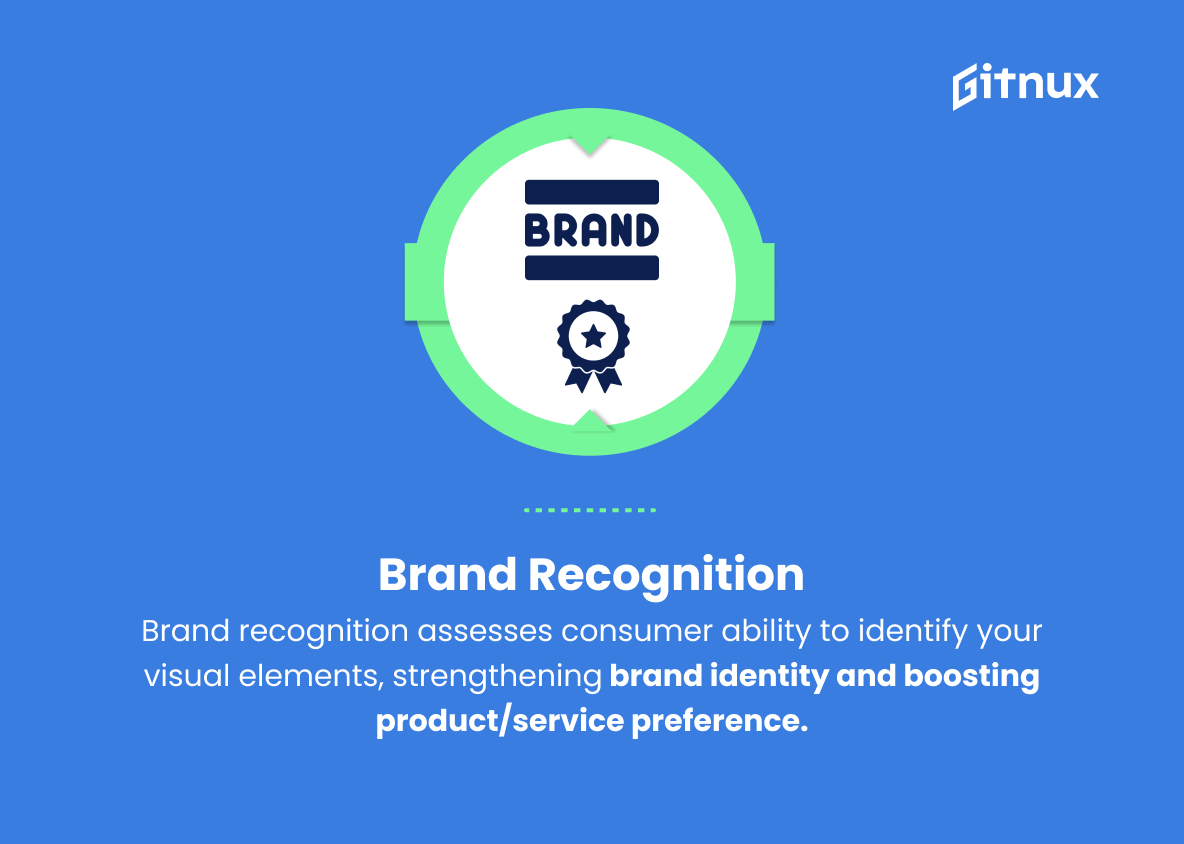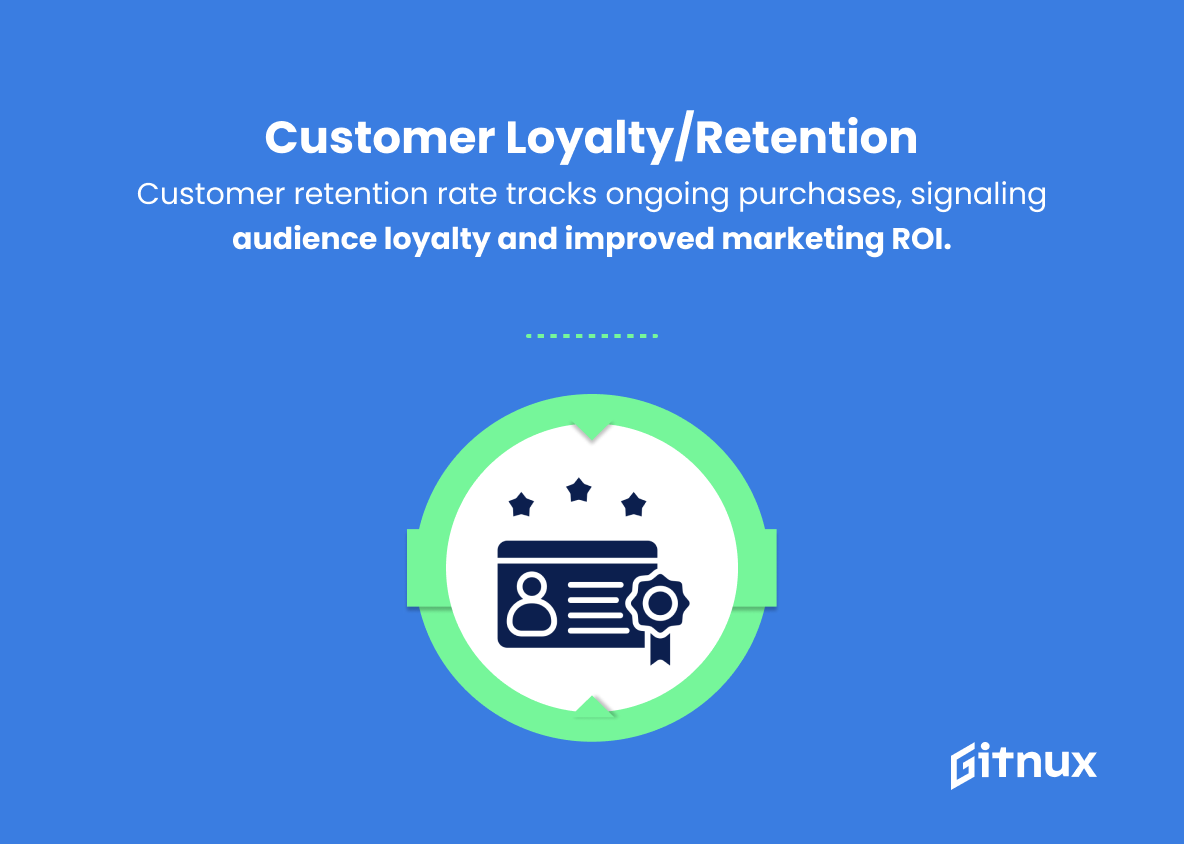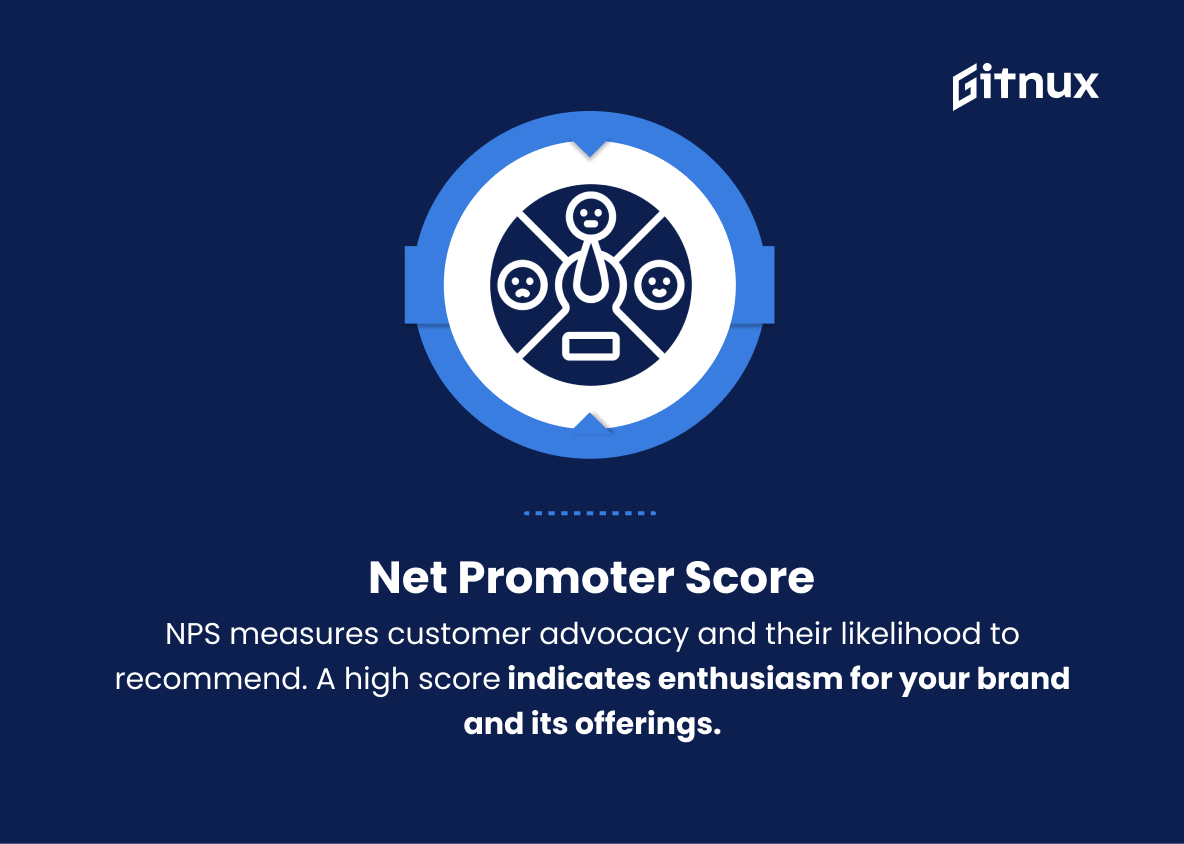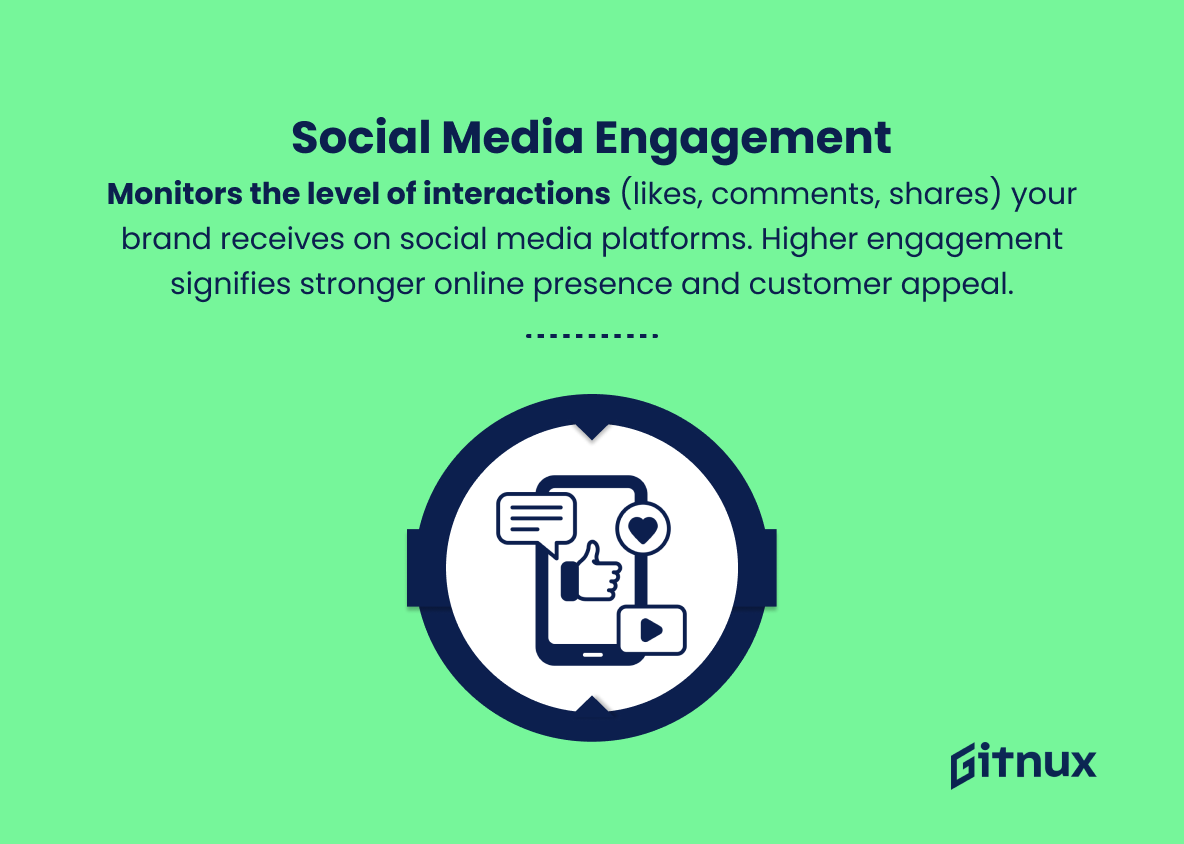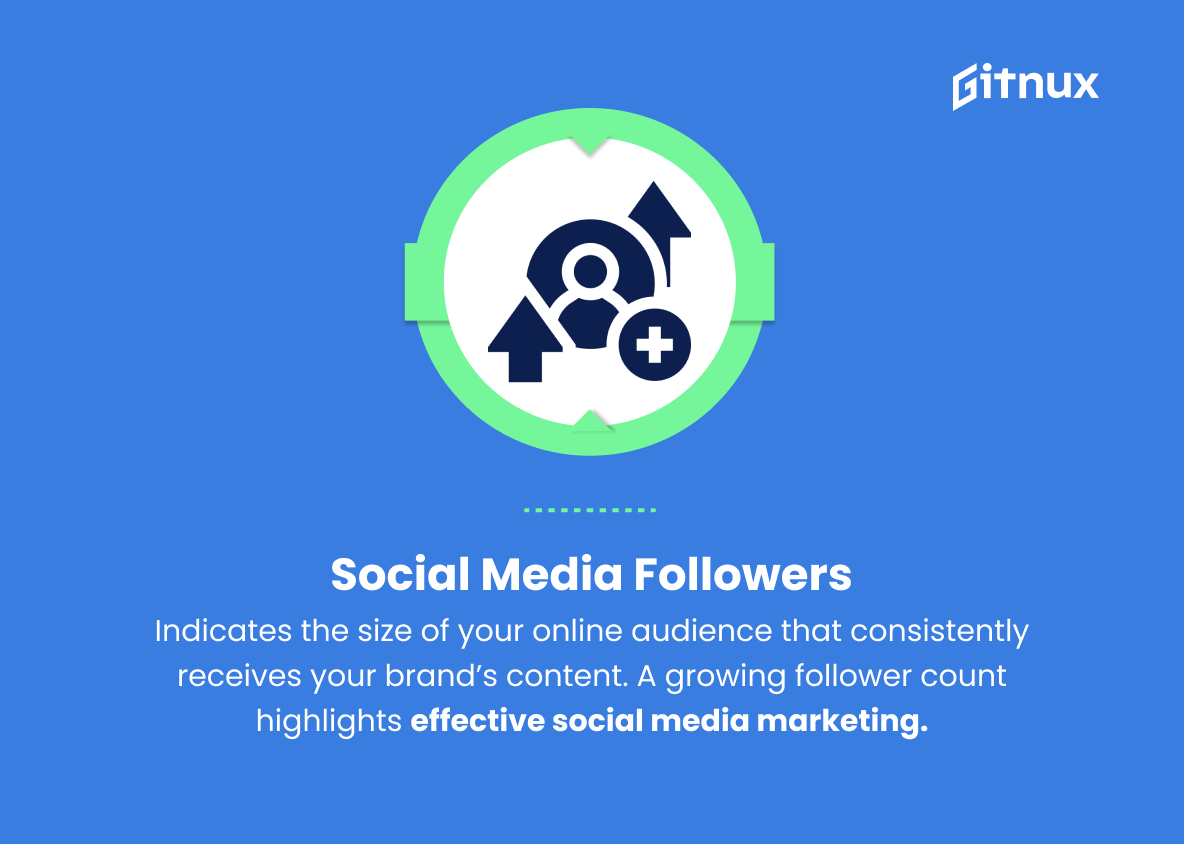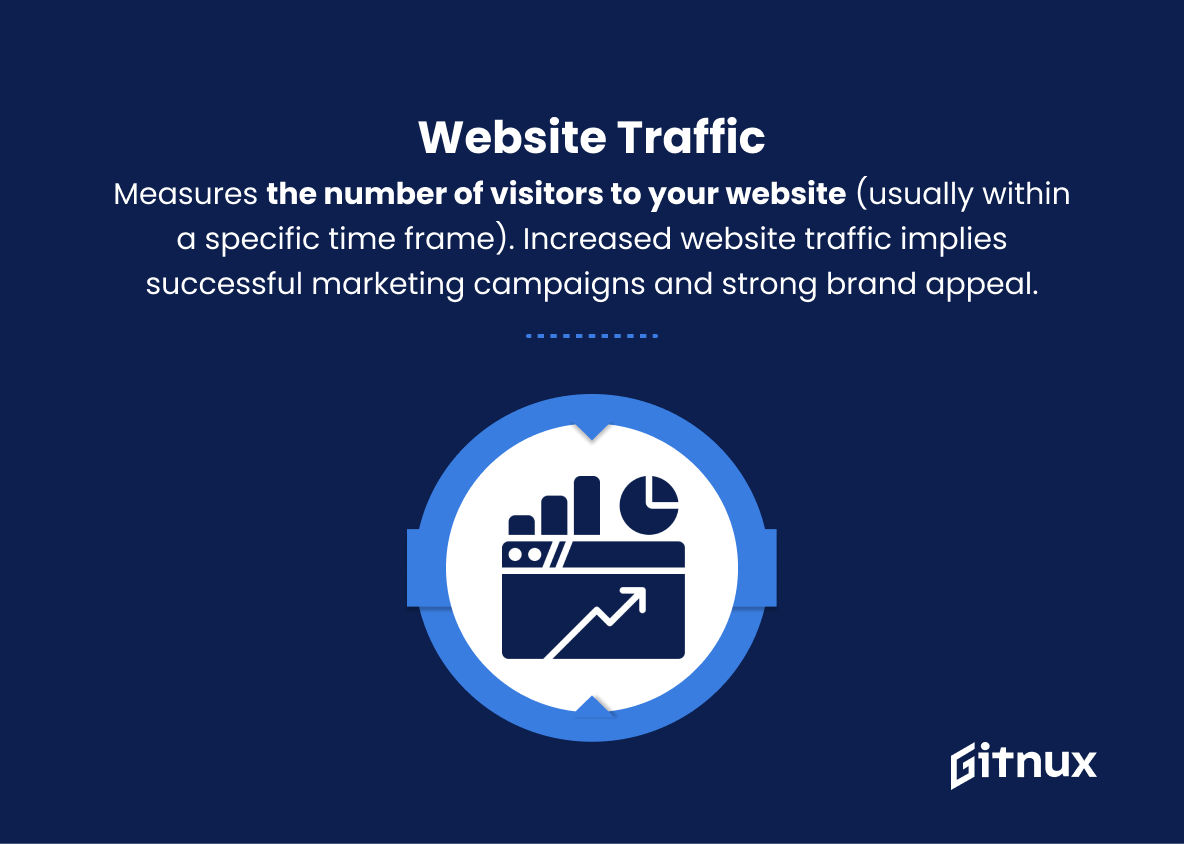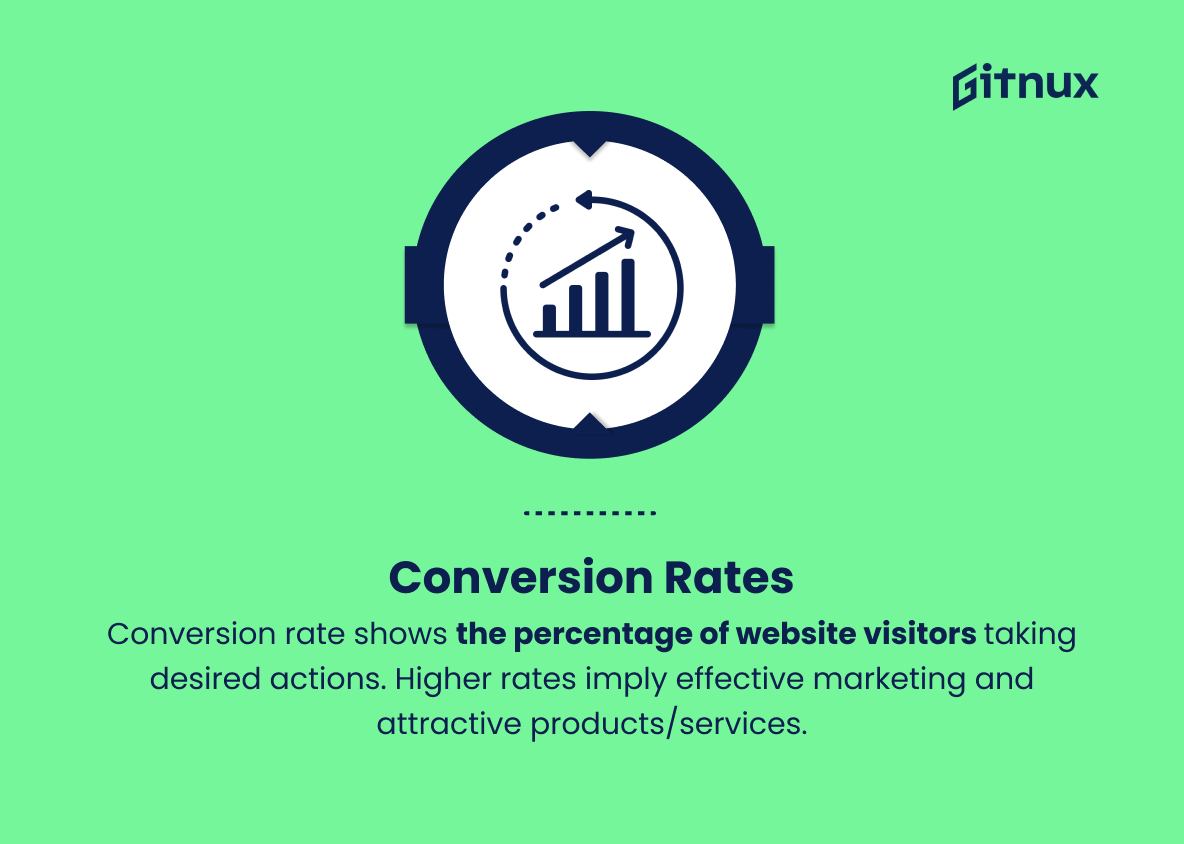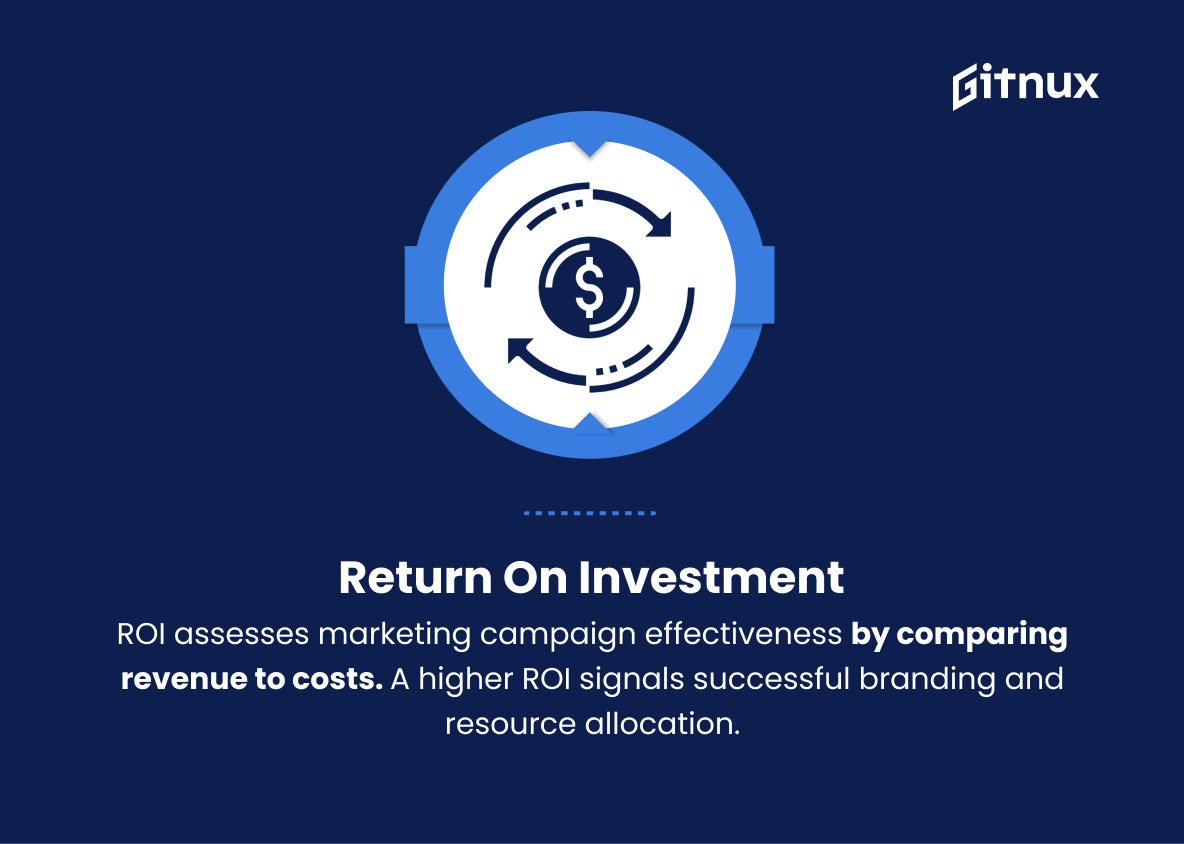In today’s rapidly evolving digital landscape, brand marketing has become an essential component of any successful business strategy. With increasing competition and constantly shifting consumer preferences, businesses must continuously evaluate and refine their marketing efforts in order to stay ahead of the curve. Key Performance Indicators (KPIs) are critical tools that enable marketers to quantify the effectiveness of their campaigns, identify opportunities for improvement, and ultimately drive their businesses towards achieving their brand objectives.
In this comprehensive blog post, we will delve deep into the world of Brand Marketing KPIs, exploring their significance, the various types to consider, and how to successfully implement them into your marketing strategy to foster growth and achieve lasting success.
Brand Marketing KPIs You Should Know
1. Brand Awareness
Measures the percentage of people within your target audience who are familiar with your brand, products, or services. High brand awareness indicates that your marketing efforts are reaching and engaging with potential customers.
2. Brand Recall
Evaluates the extent to which consumers can recall your brand name or specific products/services when prompted by a category or need. Strong brand recall suggests a memorable and positive connection with your brand.
Aspects such as brand awareness, recall, recognition, and sentiment assess how well a brand resonates with its target audience, fostering trust, and loyalty, while customer satisfaction and retention KPIs serve to strengthen long-term relationships and minimize churn.3. Brand Recognition
Gauges the ability of consumers to recognize your brand, logo, or other visual elements. High brand recognition implies a strong visual identity and increases the likelihood of customers choosing your products/services.
4. Brand Sentiment
Assesses customers’ perception of your brand, including their feelings, attitudes, and opinions. Positive brand sentiment leads to higher consumer trust and loyalty.
5. Customer Satisfaction
Monitors the level of satisfaction your customers have with your product or service. High customer satisfaction is key to building long-term relationships and minimizing churn.
6. Customer Loyalty/Retention
Measures the percentage of customers that continue to purchase from your brand over time. Higher loyalty and retention rates indicate a strong connection with your audience and better return on marketing efforts.
7. Net Promoter Score (NPS)
Evaluates customer advocacy and their likelihood of recommending your brand to others. A high NPS score signifies that customers are enthusiastic about your brand and value the products or services offered.
8. Social Media Engagement
Monitors the level of interactions (likes, comments, shares) your brand receives on social media platforms. Higher engagement signifies stronger online presence and customer appeal.
Brand Marketing KPIs play a critical role in determining the efficacy of marketing efforts and the overall appeal of a brand9. Social Media Followers
Indicates the size of your online audience that consistently receives your brand’s content. A growing follower count highlights effective social media marketing.
10. Website Traffic
Measures the number of visitors to your website (usually within a specific time frame). Increased website traffic implies successful marketing campaigns and strong brand appeal.
11. Conversion Rates
Indicates the percentage of website visitors that perform desired actions, such as sign-ups, downloads, or purchases. Higher conversion rates suggest successful marketing campaigns and appealing products/services.
12. Cost per Acquisition (CPA)
Calculates the amount you spend on marketing campaigns for each new customer acquired. Lower CPA reflects more efficient marketing efforts.
13. Return on Investment (ROI)
Evaluates the effectiveness of your marketing campaigns based on the revenue generated relative to the costs incurred. A higher ROI signifies more successful brand marketing and better allocation of resources.
14. Market Share
Represents the percentage of total sales or customers your brand has relative to your competitors within a specific market segment. A growing market share demonstrates a strong competitive position and effective brand marketing.
Brand Marketing KPIs Explained
Brand Marketing KPIs play a critical role in determining the efficacy of marketing efforts and the overall appeal of a brand. Aspects such as brand awareness, recall, recognition, and sentiment assess how well a brand resonates with its target audience, fostering trust, and loyalty, while customer satisfaction and retention KPIs serve to strengthen long-term relationships and minimize churn. Metrics such as NPS, social media engagement, and followers gauge customers’ advocacy, online presence, and appeal, while website traffic, conversion rates, CPA, and ROI provide insight into the success of marketing campaigns and resource allocation.
Lastly, market share is instrumental in evaluating a brand’s competitive position within a specific market segment, highlighting the effectiveness of brand marketing in the face of competition.
Conclusion
In summary, understanding and tracking the right Brand Marketing KPIs is essential in evaluating the success of your marketing efforts and making data-driven decisions. By monitoring KPIs such as brand awareness, brand equity, share of voice, audience engagement, and customer satisfaction, businesses can adapt their strategies accordingly and optimize their marketing investments for maximum results. Continually analyzing these metrics allows companies to stay ahead of the competition in an ever-changing digital landscape, ensuring that their brand remains relevant and resonates with their target market.
Remember, a strong brand is the backbone of your business, and leveraging these Brand Marketing KPIs will help you achieve the growth and lasting impact you desire.


